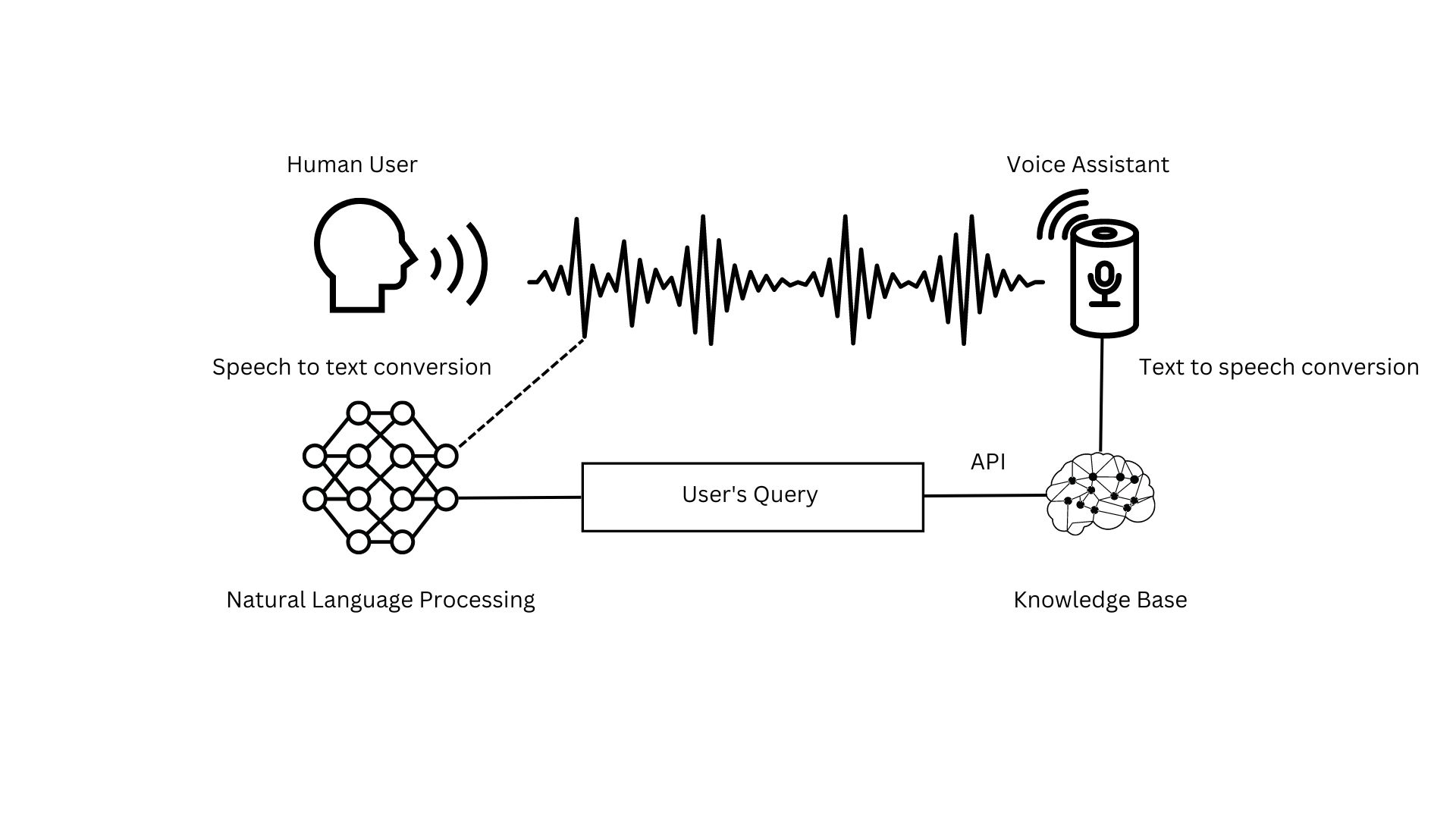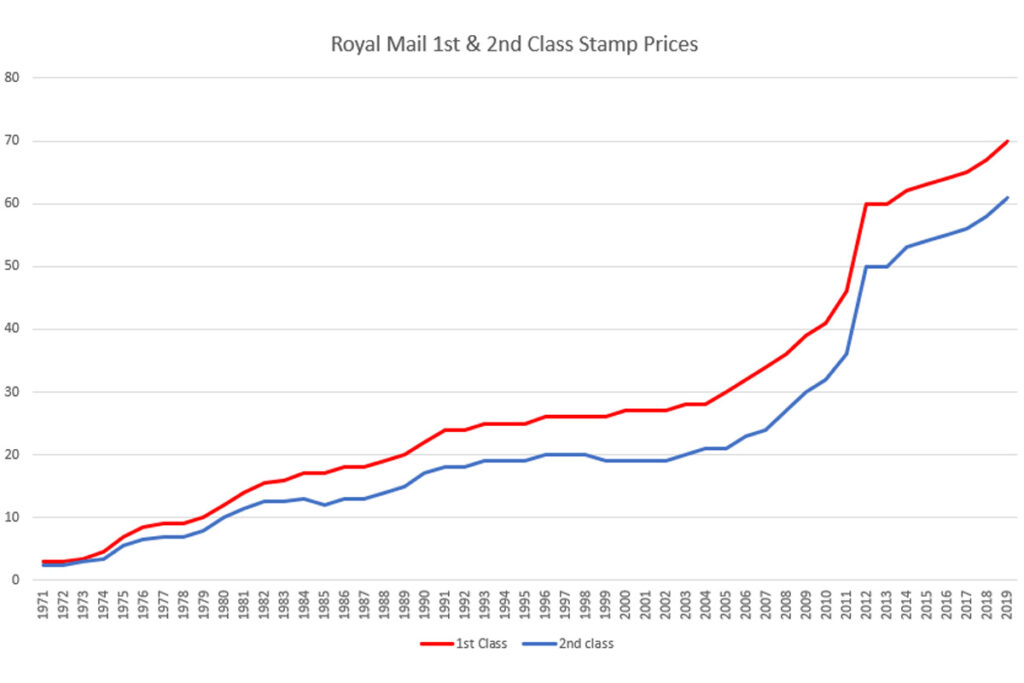Car Dealerships Increase Resistance To EV Sales Quotas

Table of Contents
Financial Concerns and Profit Margins
The primary driver of dealership resistance is the stark reality of lower profit margins on EVs compared to gasoline-powered vehicles. This disparity creates significant financial hurdles for dealerships already operating under tight margins.
Lower Profit Margins on EVs
Several factors contribute to this reduced profitability:
- Higher Upfront Costs: Electric vehicles often have higher manufacturing costs, leading to lower dealer discounts and reduced profit per unit sold.
- Less Service Revenue Potential: EVs have fewer moving parts than internal combustion engine (ICE) vehicles, translating to significantly less potential revenue from service and maintenance. A recent study suggests EV service revenue is 40% lower than ICE vehicles.
- Increased Competition: The EV market is becoming increasingly competitive, putting pressure on pricing and dealer margins.
- Government Incentives Impacting Dealer Profit: While government incentives encourage EV adoption, they often impact dealer profit by reducing the vehicle's final sale price.
Investment in Infrastructure and Training
Adapting dealerships to effectively sell and service EVs requires substantial investments:
- Charging Station Installation: Installing fast chargers, particularly those capable of handling various EV models, can cost upwards of $10,000 per unit.
- Specialized EV Mechanic Training: Dealerships need to invest in training their mechanics to service and repair the complex electrical systems of EVs.
- Updated Showroom Displays and Marketing Materials: Showrooms must be updated to showcase EVs effectively and marketing strategies must adapt to address consumer concerns about EVs. These costs can easily add up to tens of thousands of dollars per dealership.
Sales Challenges and Consumer Perceptions
Beyond financial concerns, dealerships face significant challenges in selling EVs due to both consumer perceptions and internal sales force limitations.
Consumer Resistance to EVs
Consumer hesitancy remains a key obstacle to widespread EV adoption, directly impacting dealership sales targets:
- Range Anxiety: Concerns about limited driving range remain a prevalent barrier for many potential EV buyers.
- Charging Infrastructure Concerns: The lack of widespread and reliable public charging infrastructure continues to deter potential EV customers.
- Price Point: The higher initial purchase price of many EVs compared to gasoline-powered vehicles remains a significant factor limiting demand. This directly impacts a dealership's ability to meet aggressive EV sales quotas.
Sales Training and Expertise Gap
Many car salespeople lack the necessary knowledge and expertise to effectively sell EVs:
- Lack of EV Product Knowledge: Sales staff need in-depth training on EV features, technology, and performance capabilities to effectively address consumer concerns and highlight the benefits.
- Charging Infrastructure and Technology Familiarity: Salespeople must be well-versed in explaining different charging options, range estimations, and the overall technology behind EVs.
- Addressing Consumer Concerns: Effective training empowers sales teams to confidently address common concerns such as range anxiety and charging infrastructure limitations.
Manufacturer-Dealership Relationship Strain
Aggressive EV sales quotas imposed by manufacturers are straining relationships and creating conflicts between automakers and their dealer networks.
Conflicting Incentives and Pressure Tactics
The pressure to meet ambitious EV sales targets can lead to:
- Unrealistic Quotas: Dealerships may be assigned quotas that are unattainable given current consumer demand and market conditions.
- Financial Penalties: Manufacturers may impose penalties for failing to meet EV sales targets, adding further financial strain.
- Lack of Support: Dealerships may feel a lack of adequate support from manufacturers in terms of training, infrastructure investment, and marketing assistance.
Legal and Contractual Challenges
The pressure surrounding EV sales quotas is leading to legal and contractual challenges:
- Contract Renegotiations: Dealerships may seek to renegotiate their franchise agreements to reflect the unique challenges of selling EVs.
- Legal Disputes: Disputes may arise over the enforceability of EV sales quotas and the imposition of penalties. Several legal cases are already emerging highlighting these conflicts.
Conclusion: The Future of EV Sales and the Dealer Network
The resistance to EV sales quotas by car dealerships stems from a complex interplay of financial constraints, consumer hesitancy, and strained manufacturer-dealership relationships. Lower profit margins on EVs, coupled with the substantial investments required to adapt to this new technology, pose significant challenges. Consumer resistance and a lack of sales expertise further exacerbate the situation. The ongoing debate surrounding EV sales quotas and their impact on the car dealership industry is crucial. The future of EV sales depends on addressing these concerns. Continue the discussion on the impact of EV sales quotas on the automotive industry and find solutions for a successful transition to electric vehicles.

Featured Posts
-
 Jennifer Lawrence And Cooke Maroney A Look At Their Relationship
May 19, 2025
Jennifer Lawrence And Cooke Maroney A Look At Their Relationship
May 19, 2025 -
 Legal Battle Amazon And Workers Union Clash Over Quebec Warehouse Closings
May 19, 2025
Legal Battle Amazon And Workers Union Clash Over Quebec Warehouse Closings
May 19, 2025 -
 Building Voice Assistants Made Easy Open Ais 2024 Announcements
May 19, 2025
Building Voice Assistants Made Easy Open Ais 2024 Announcements
May 19, 2025 -
 First Class Stamp Price Hike 1 70 Increase Confirmed
May 19, 2025
First Class Stamp Price Hike 1 70 Increase Confirmed
May 19, 2025 -
 Russia Intensifies War Record Breaking Drone Assault On Ukraine
May 19, 2025
Russia Intensifies War Record Breaking Drone Assault On Ukraine
May 19, 2025
